The winner takes it all: The Szczecin Philharmonic Hall by Barozzi Veiga scoops 2015 Mies van der Rohe Award
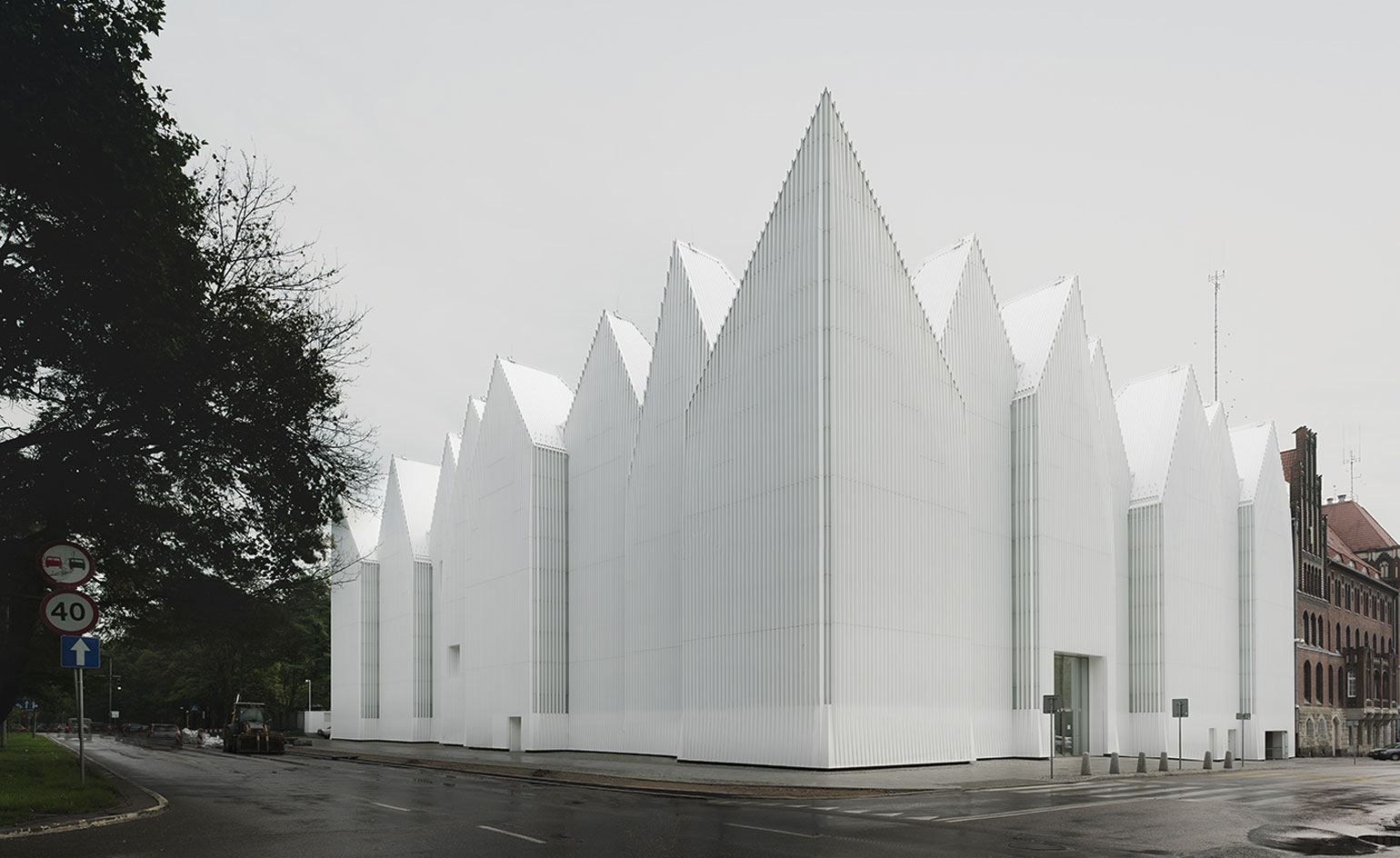
The first Polish building ever to reach the Mies van der Rohe Award finals, the Szczecin Philharmonic Hall, was crowned this year's winner in a ceremony in Barcelona today. The architects behind it, Spanish-based firm Estudio Barozzi Veiga, headed by Fabrizio Barozzi and Alberto Veiga, were rightfully delighted. 'It is an honour, it's really incredible,' Barozzi said of the prize, which was also the practice's first built work in Poland.
Competition was steep with a stellar line up of nominees including the Ravensburg Art Museum in Germany by LedererRagnarsdóttirOei; the Danish Maritime Museum by BIG; the Antinori Winery in Italy by Archea Associati; and the Saw Swee Hock Student Centre LSE in London by recent RIBA Gold Medal winners O’Donnell + Tuomey.
The prize, awarded every two years to a European building, is organised by the European Commission and the Fundació Mies van der Rohe in Barcelona. Select institutions and experts propose their respective country’s best buildings of the last two years; architects cannot enter directly. The long list of 420 projects is then whittled down by a panel of judges before deliberating on the best. This year the award opened up considerably to the public through a series of talks and presentations in the days running up to the final announcement.
Presented at the foundation's famous headquarters, the reconstructed Mies van der Rohe pavilion, the main award followed the announcement of the Emerging Architect category winner, which went to young Spanish practice Architectura G for their residential project Casa Luz. 'The architects achieved a high level of quality of space through intelligent use of low cost materials,' explained jury chairman Cino Zucchi.
'Architecture is fundamental in creating new business and opportunities in European cities,' added the Mies van der Rohe Foundation’s Director, Giovanna Carnevali. Now in its 14th edition, the award celebrates excellence in new built work and, as this year's list proves, spans a variety of scales and typologies, making the selection even harder.
One of the key elements judges looked at to help make their final decision was the relationship of the buildings with their context - historical, social and geographic. 'Our client was the local government and it was the first very important cultural building in Szczecin since, almost, the war. They put a lot of energy in it,' says Barozzi. 'We try to work with the uniqueness of each place, to avoid generic architecture and to avoid being self-referential. It was important for us to learn from the context and try to transform it. We want to support a new vision.'
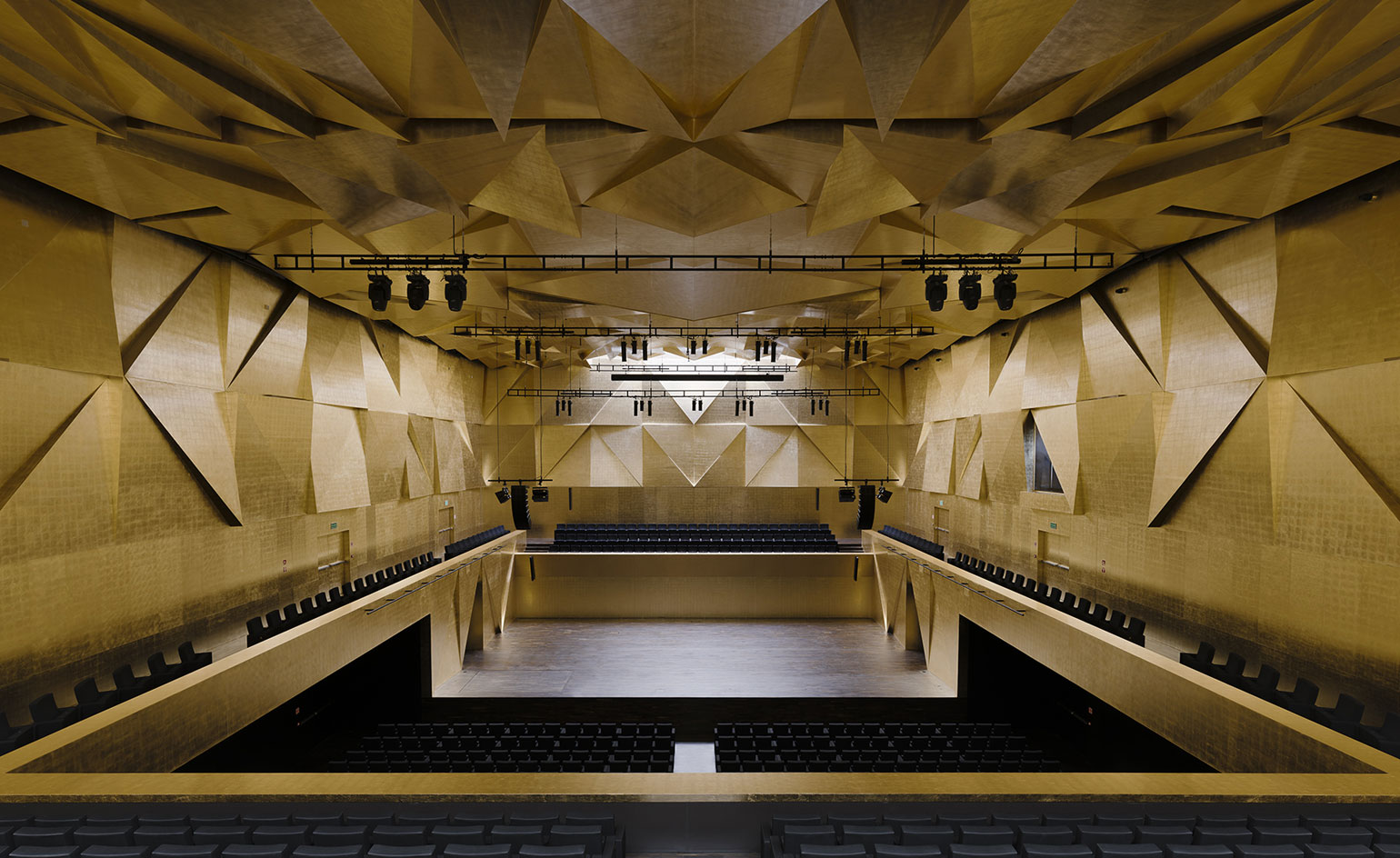
The relationship of the building with its context - historical, social and geographic - snagged the building Barozzi / Veiga the prestigious award.
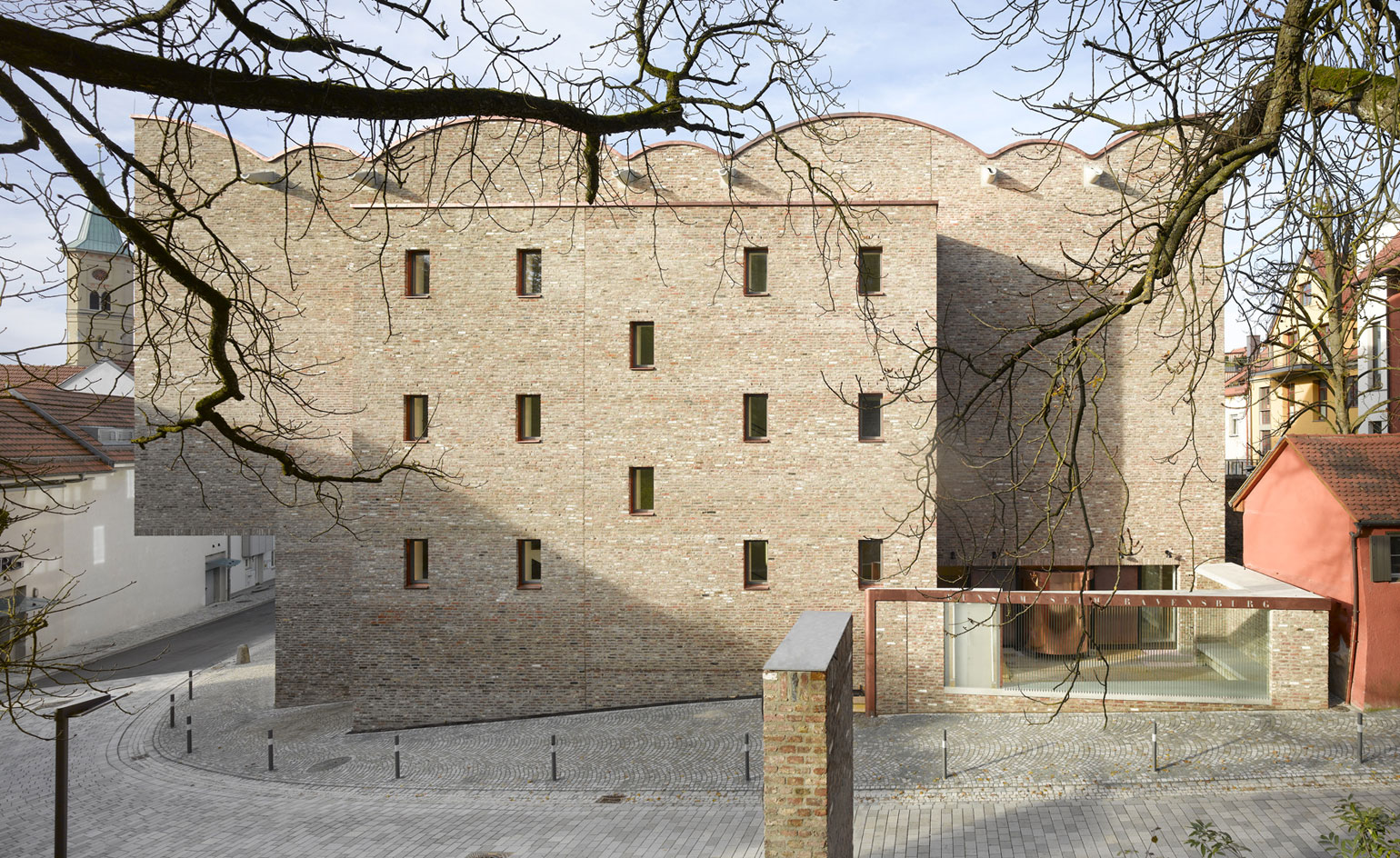
Among the nominee for the 2015 Mies van der Rohe Award: The Ravensburg Art Museum in Germany by LedererRagnarsdóttirOei.
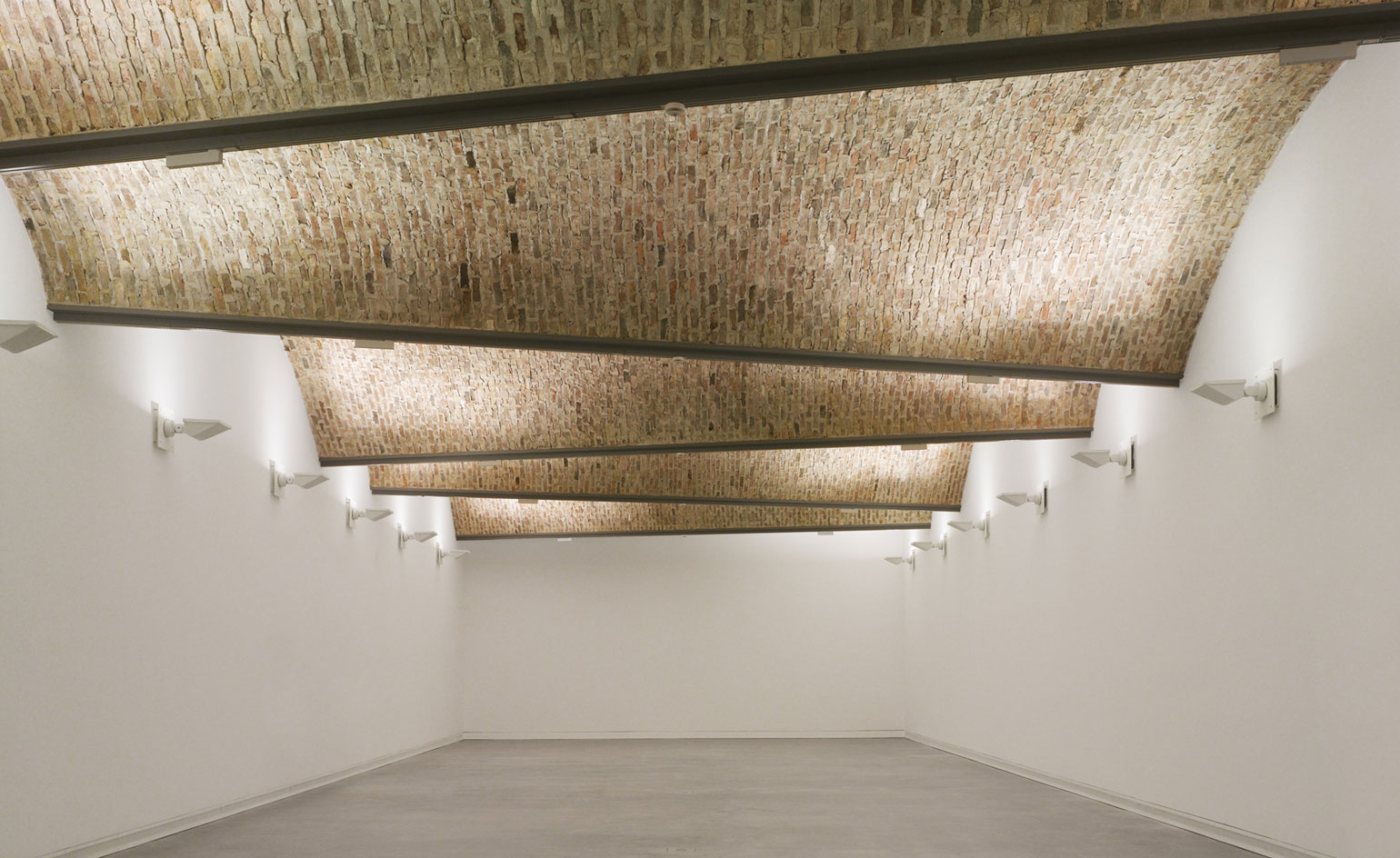
Internal view of the Ravensburg Art Museum in Germany by LedererRagnarsdóttirOei.
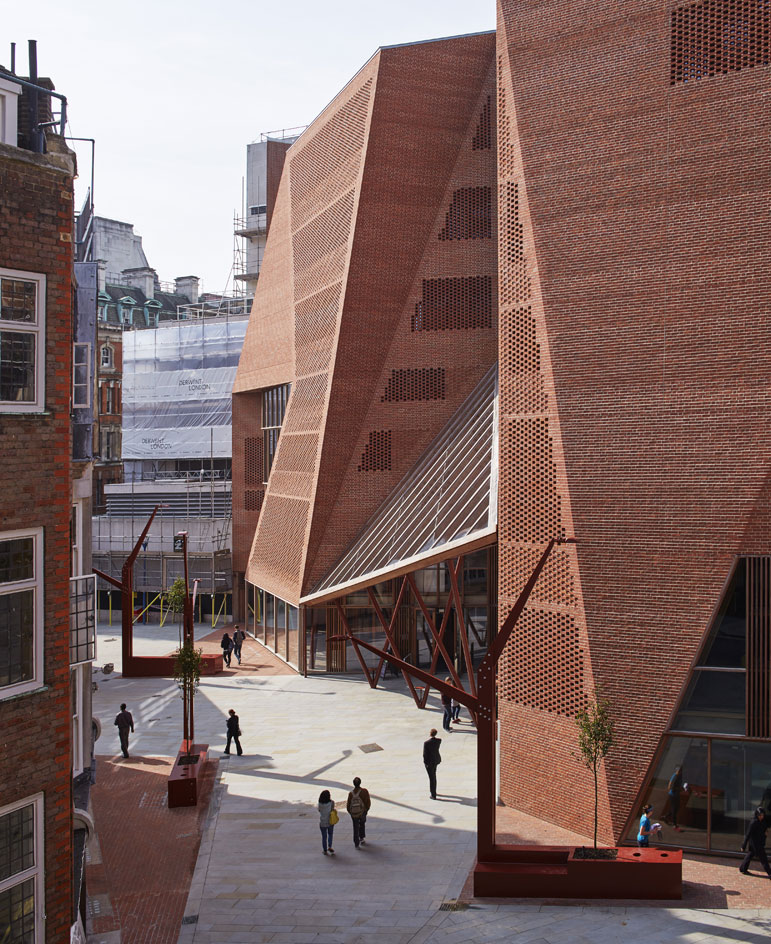
Also nominated, the Saw Swee Hock Student Centre LSE in London by recent RIBA Gold Medal winners O'Donnell + Tuomey.
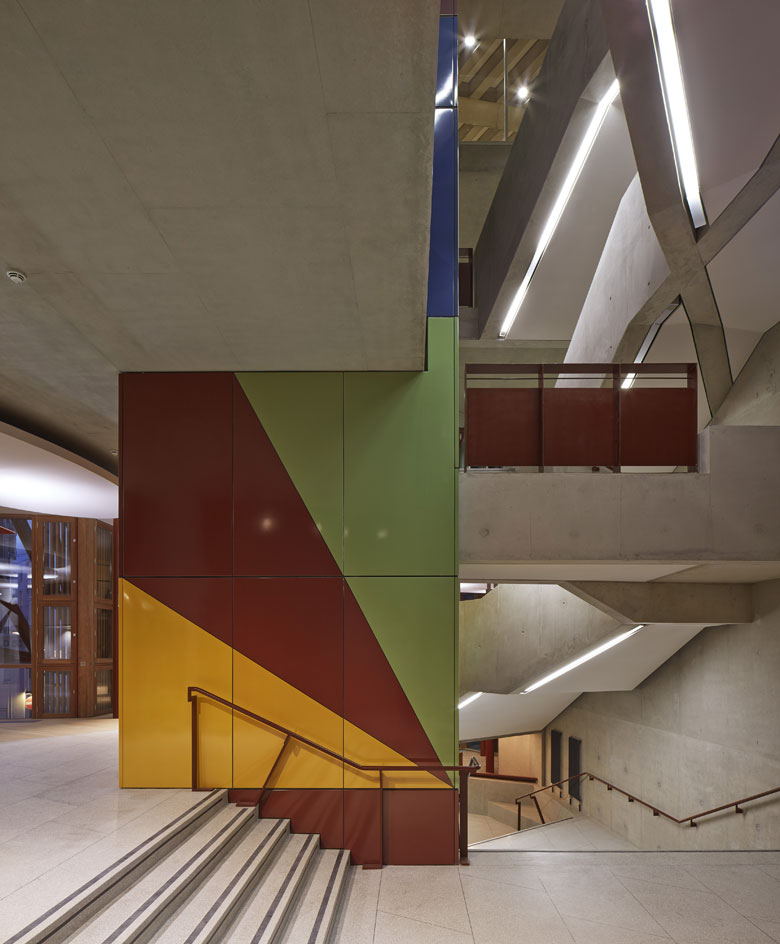
Internal view of the Saw Swee Hock Student Centre LSE in London by recent RIBA Gold Medal winners O'Donnell + Tuomey.
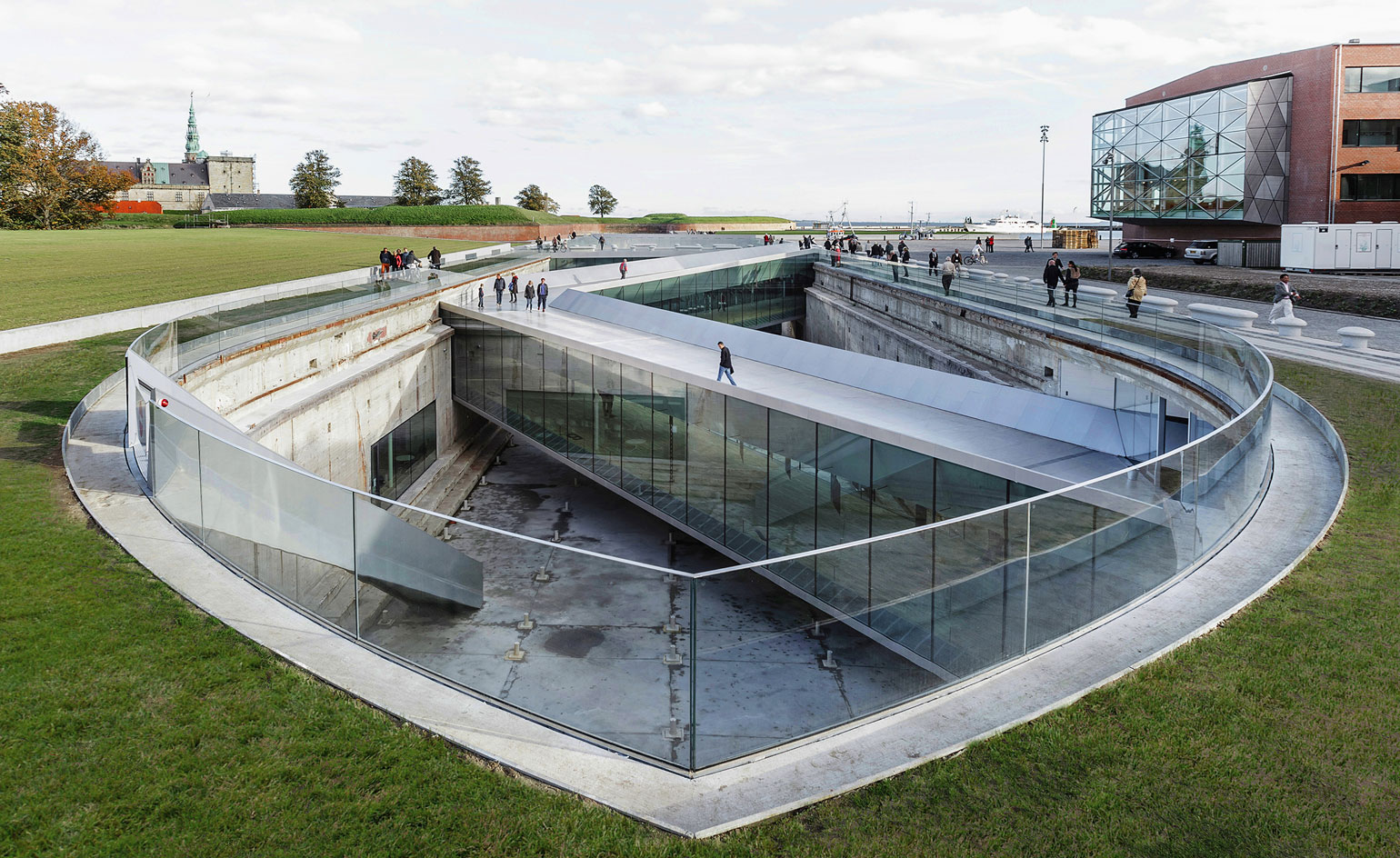
Nominee: The Danish Maritime Museum by BIG.
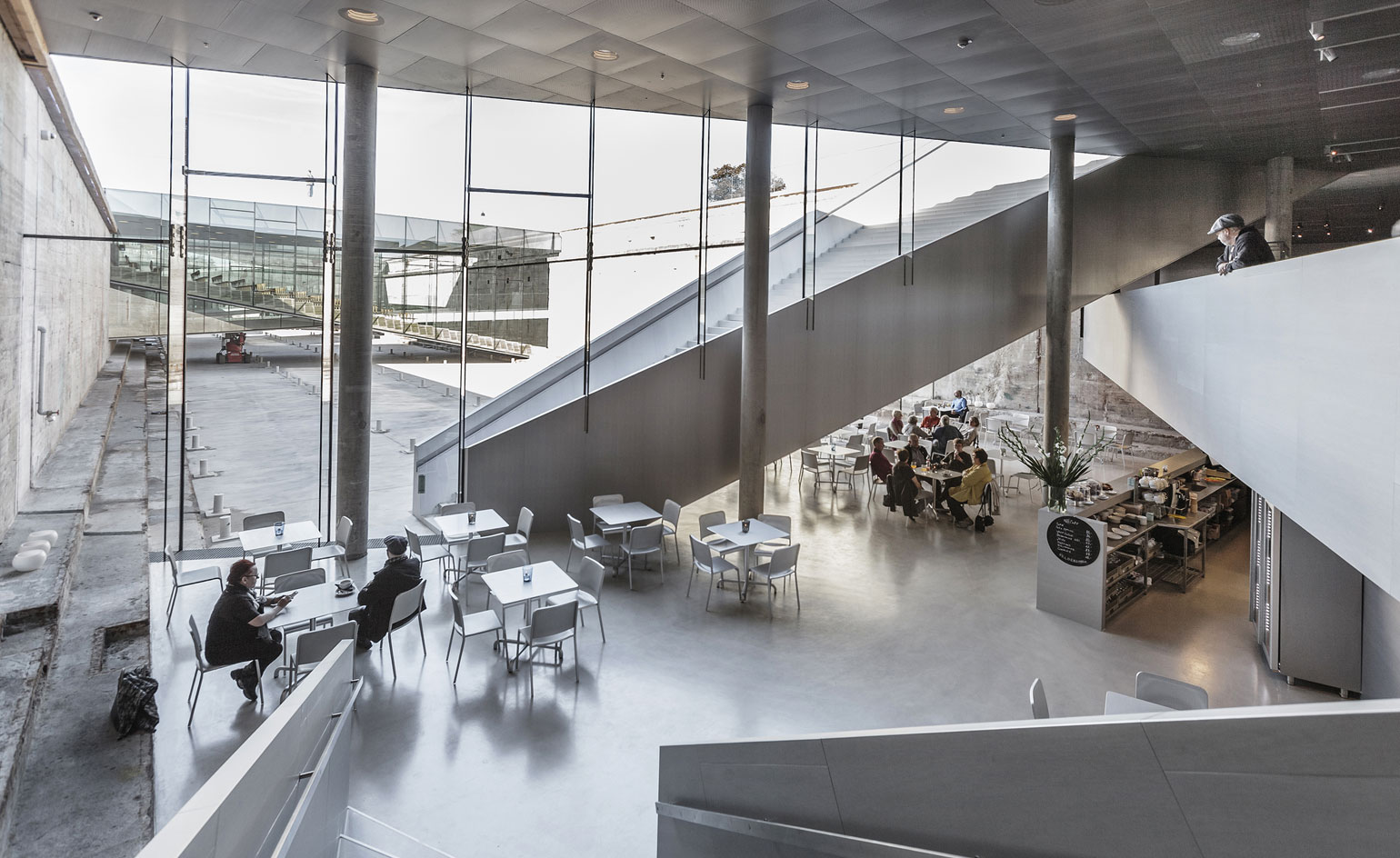
Internal view of The Danish Maritime Museum by BIG.
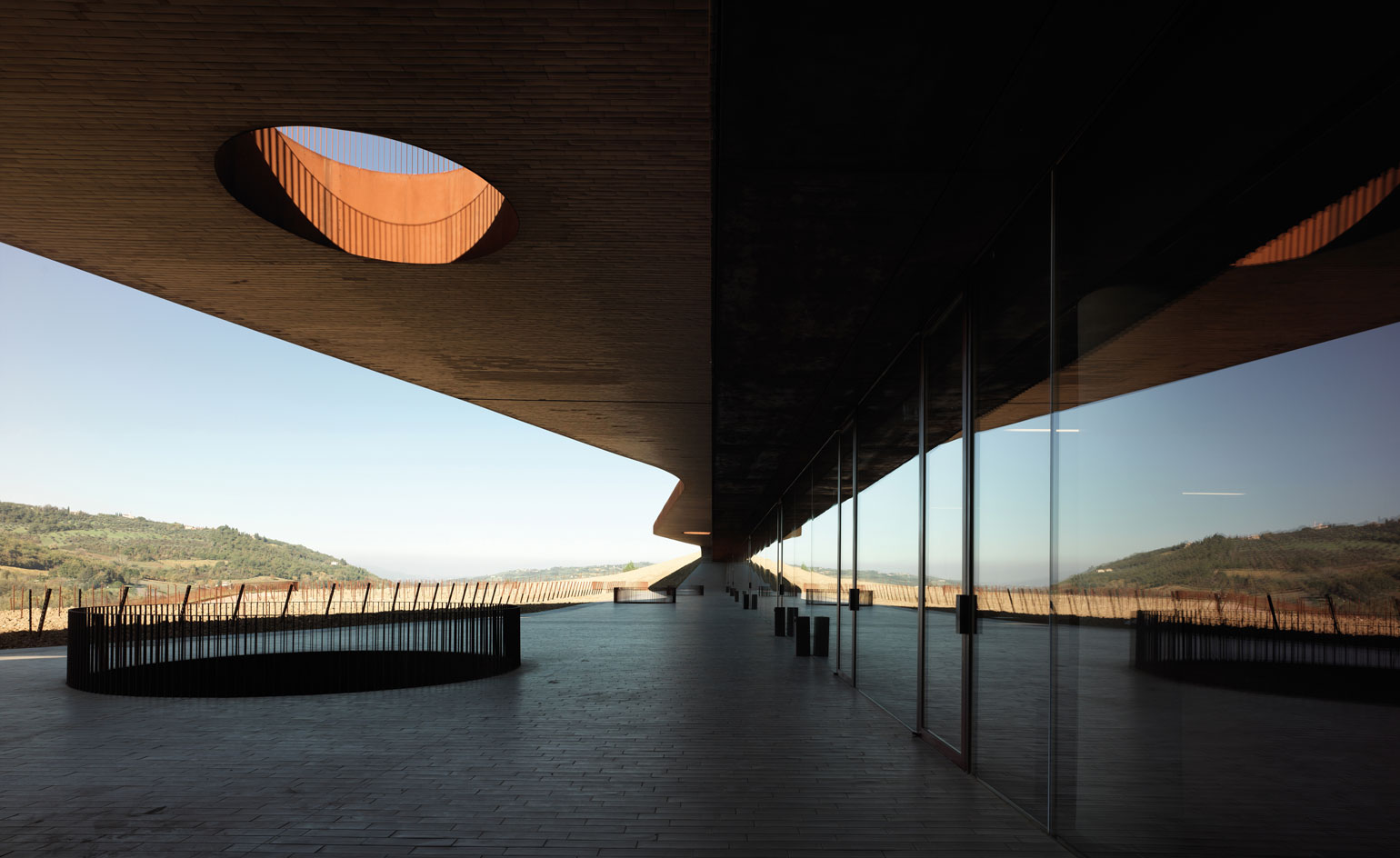
The Antinori Winery in Italy by Archea Associati was also in the running.
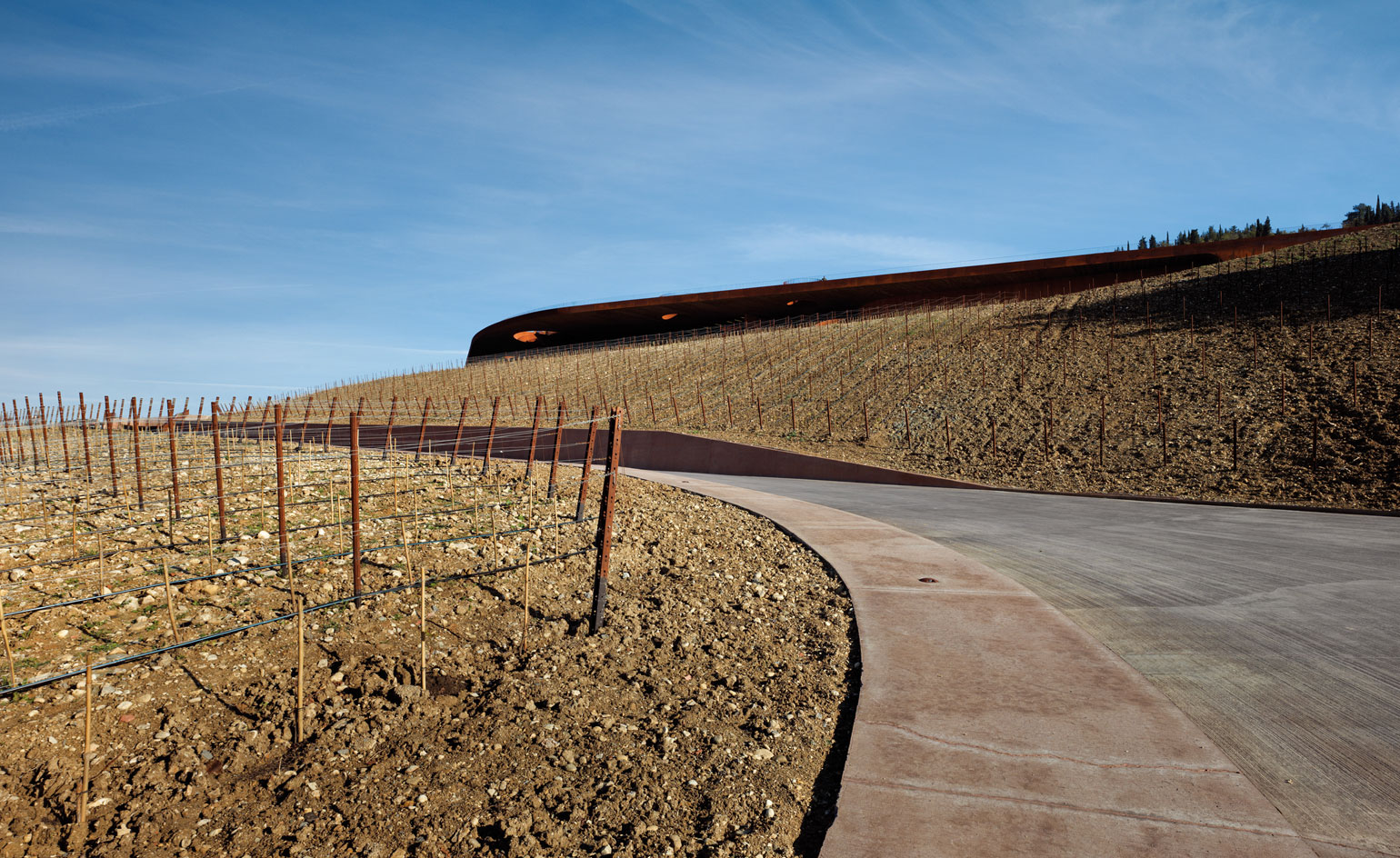
The Antinori Winery in Italy by Archea Associati.
Receive our daily digest of inspiration, escapism and design stories from around the world direct to your inbox.
Ellie Stathaki is the Architecture & Environment Director at Wallpaper*. She trained as an architect at the Aristotle University of Thessaloniki in Greece and studied architectural history at the Bartlett in London. Now an established journalist, she has been a member of the Wallpaper* team since 2006, visiting buildings across the globe and interviewing leading architects such as Tadao Ando and Rem Koolhaas. Ellie has also taken part in judging panels, moderated events, curated shows and contributed in books, such as The Contemporary House (Thames & Hudson, 2018), Glenn Sestig Architecture Diary (2020) and House London (2022).
-
 Roland and Karimoku expand their range of handcrafted Kiyola digital pianos
Roland and Karimoku expand their range of handcrafted Kiyola digital pianosThe new Roland KF-20 and KF-25 are the latest exquisitely crafted digital pianos from Roland, fusing traditional furniture-making methods with high-tech sound
-
 Fulham FC’s new Riverside Stand by Populous reshapes the match-day experience and beyond
Fulham FC’s new Riverside Stand by Populous reshapes the match-day experience and beyondPopulous has transformed Fulham FC’s image with a glamorous new stand, part of its mission to create the next generation of entertainment architecture, from London to Rome and Riyadh
-
 A contemporary Mexican hotel emerges from a 16th-century ruin in Mérida
A contemporary Mexican hotel emerges from a 16th-century ruin in MéridaA renovation project by Zeller & Moye, Mérida’s new Hotel Sevilla wears its architectural interventions lightly, mixing new brutalist elements into listed interiors and a palm-filled courtyard
-
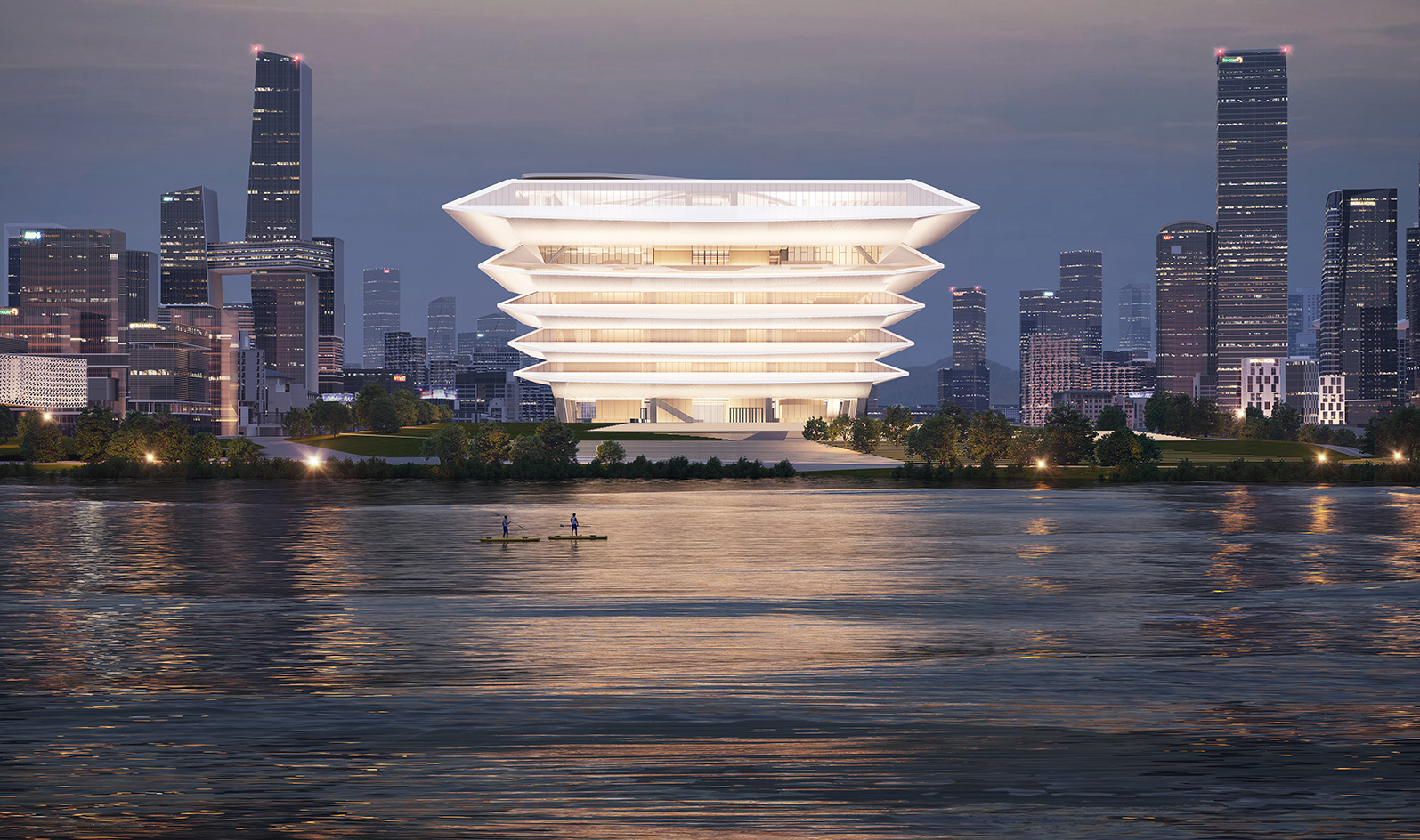 The RIBA Asia Pacific Awards reward impactful, mindful architecture – here are the winners
The RIBA Asia Pacific Awards reward impactful, mindful architecture – here are the winnersThe 2025 RIBA Asia Pacific Awards mark the accolade’s first year – and span from sustainable mixed-use towers to masterplanning and housing
-
 RIBA House of the Year 2025 is a ‘rare mixture of sensitivity and boldness’
RIBA House of the Year 2025 is a ‘rare mixture of sensitivity and boldness’Topping the list of seven shortlisted homes, Izat Arundell’s Hebridean self-build – named Caochan na Creige – is announced as the RIBA House of the Year 2025
-
 A revived public space in Aberdeen is named Scotland’s building of the year
A revived public space in Aberdeen is named Scotland’s building of the yearAberdeen's Union Terrace Gardens by Stallan-Brand Architecture + Design and LDA Design wins the 2025 Andrew Doolan Best Building in Scotland Award
-
 At the Holcim Foundation Forum and its Grand Prizes, sustainability is both urgent and hopeful
At the Holcim Foundation Forum and its Grand Prizes, sustainability is both urgent and hopefulThe Holcim Foundation Forum just took place in Venice, culminating in the announcement of the organisation's Grand Prizes, the projects especially honoured among 20 previously announced winning designs
-
 Archiboo Awards 2025 revealed, including prizes for architecture activism and use of AI
Archiboo Awards 2025 revealed, including prizes for architecture activism and use of AIArchiboo Awards 2025 are announced, highlighting Narrative Practice as winners of the Activism in architecture category this year, among several other accolades
-
 RIBA launches new awards – and for the first winners, we look to the Middle East
RIBA launches new awards – and for the first winners, we look to the Middle EastThe RIBA Middle East Award winners are announced today. The first of the organisation's two new territory awards series honours a women-only mosque, a luxury hotel, a city park and more
-
 RIBA Stirling Prize 2025 winner is ‘a radical reimagining of later living’
RIBA Stirling Prize 2025 winner is ‘a radical reimagining of later living’Appleby Blue Almshouse wins the RIBA Stirling Prize 2025, crowning the social housing complex for over-65s by Witherford Watson Mann Architects, the best building of the year
-
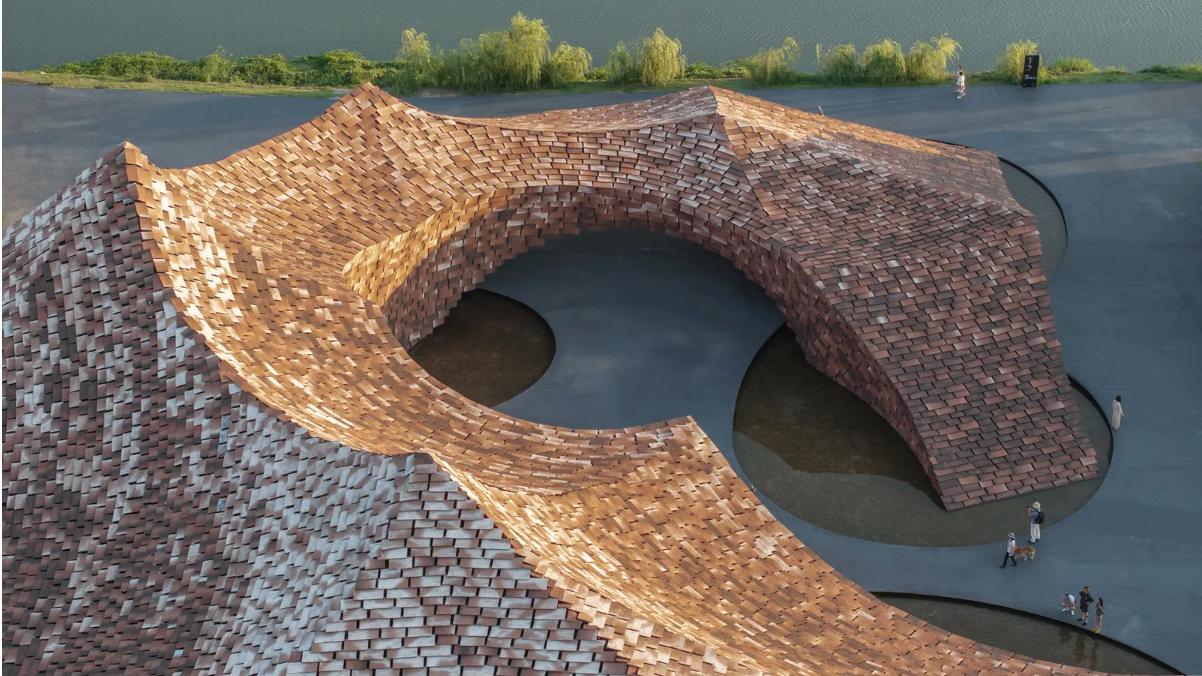 Are these the best brick and ceramic buildings in the world?
Are these the best brick and ceramic buildings in the world?The biannual Brick Award is back. Discover the shortlist of innovative buildings across the world, designed by architects thinking outside the box